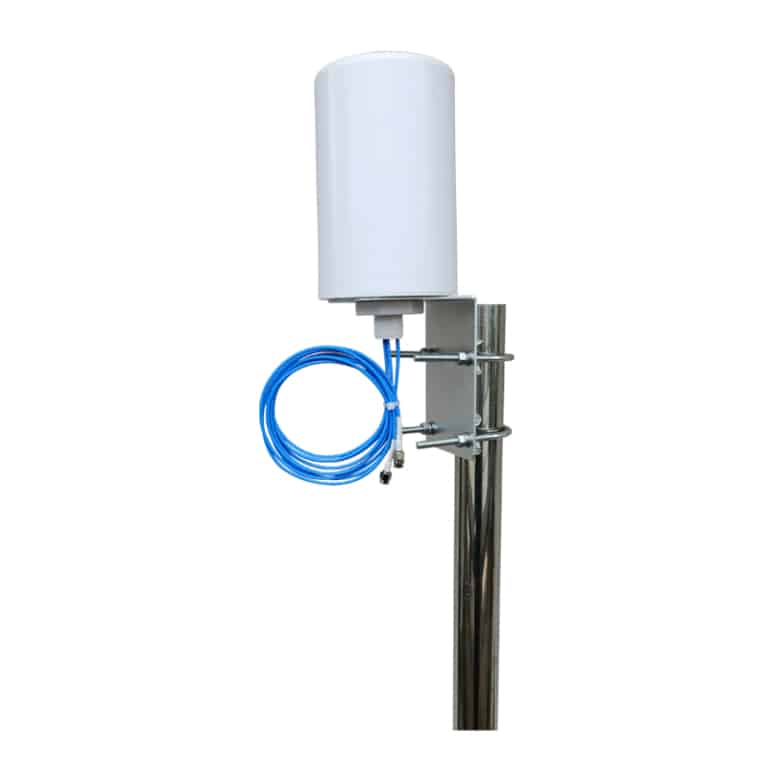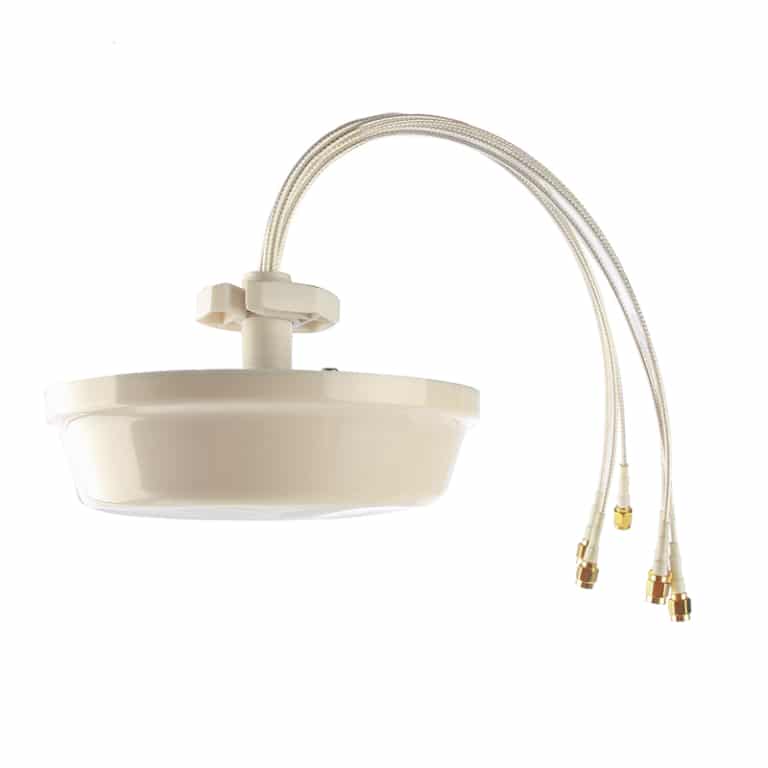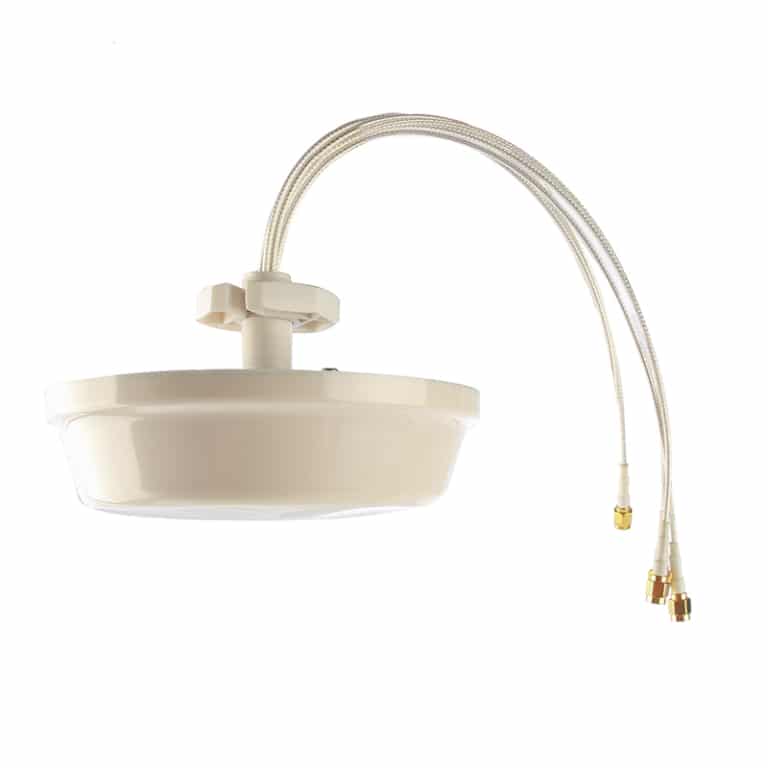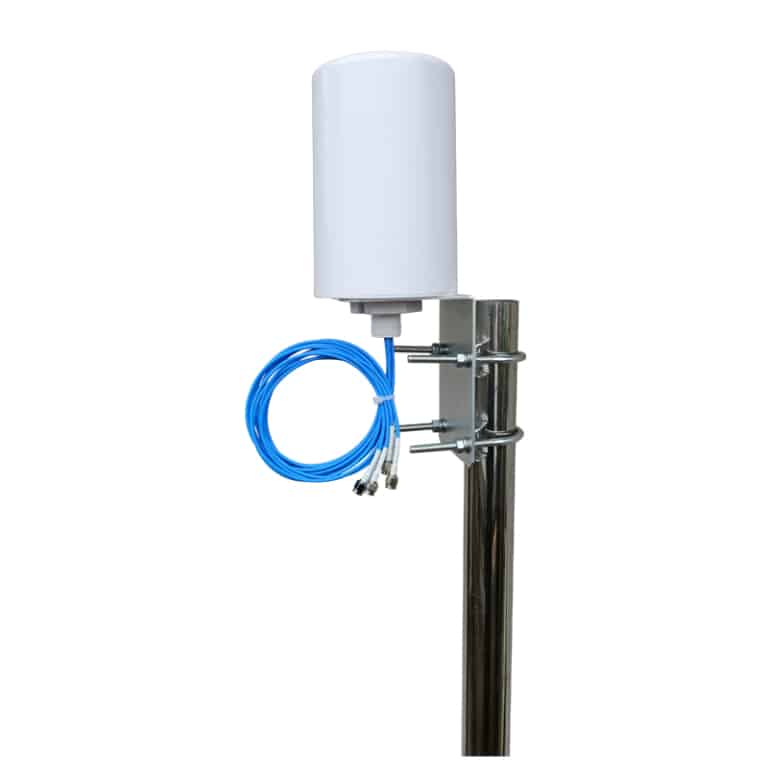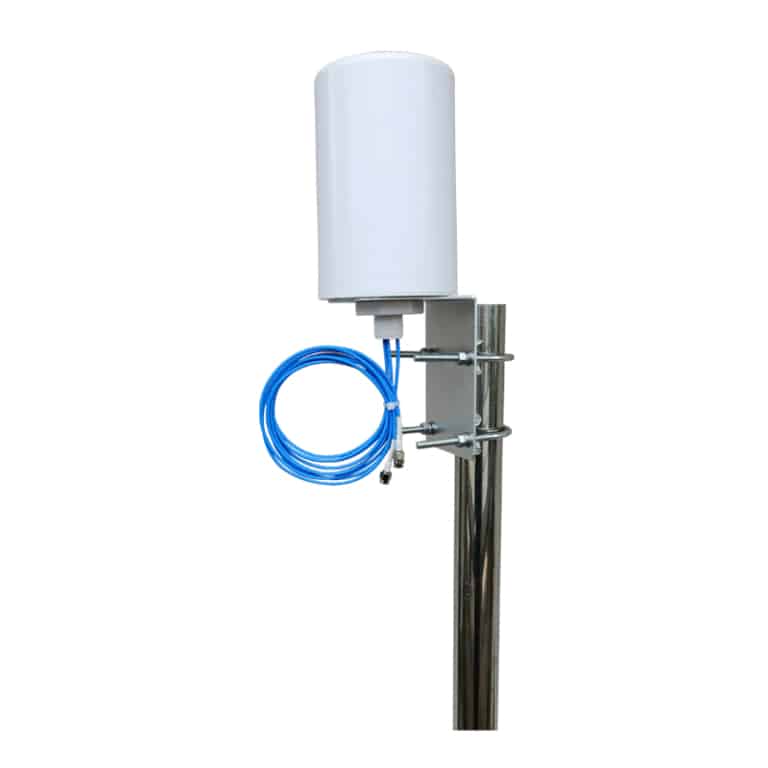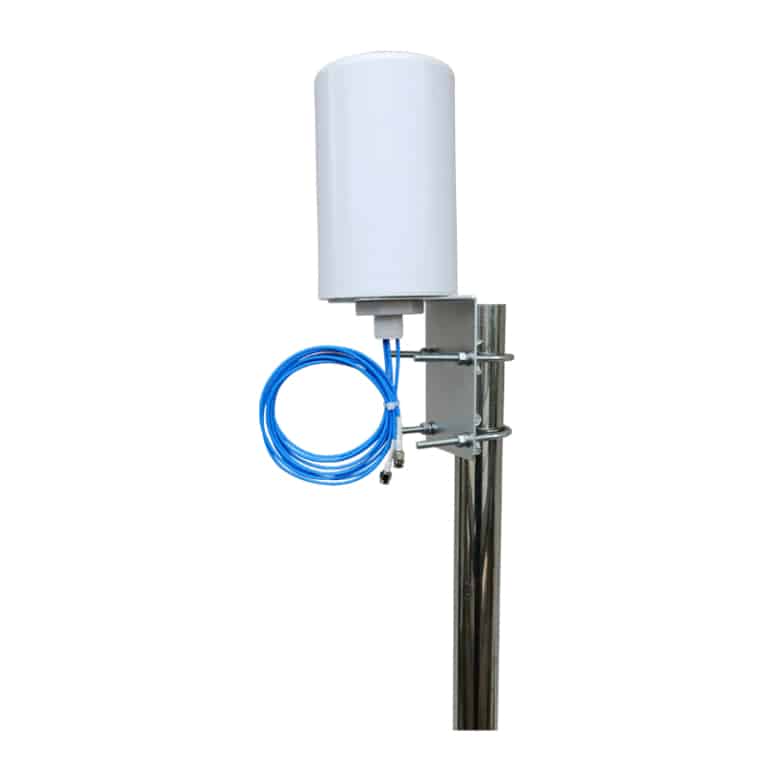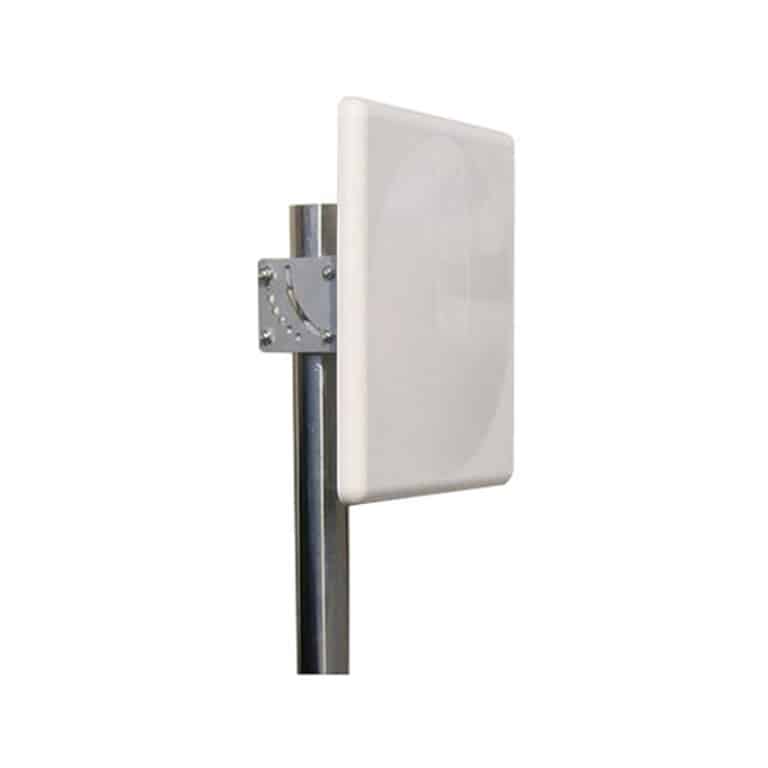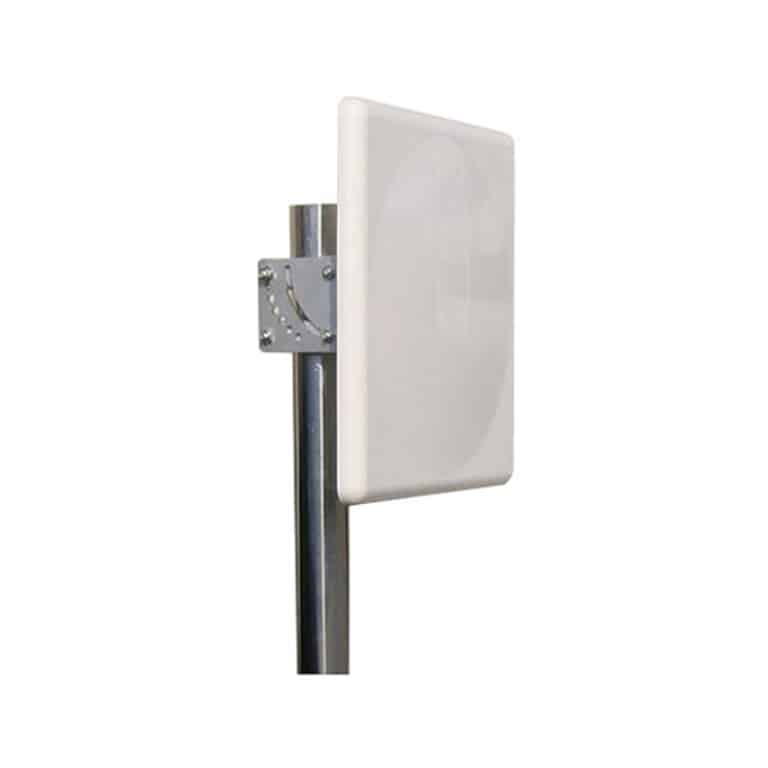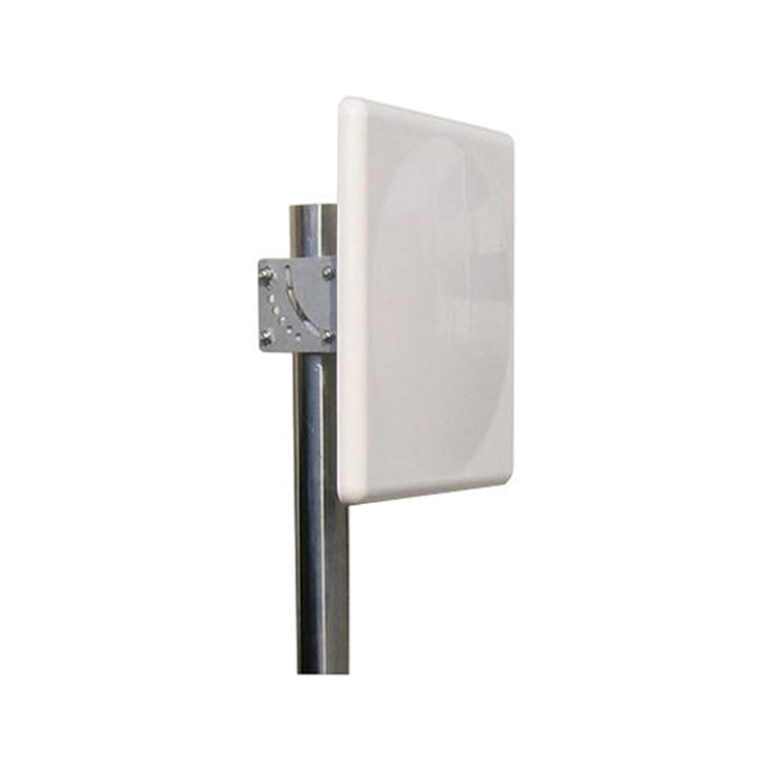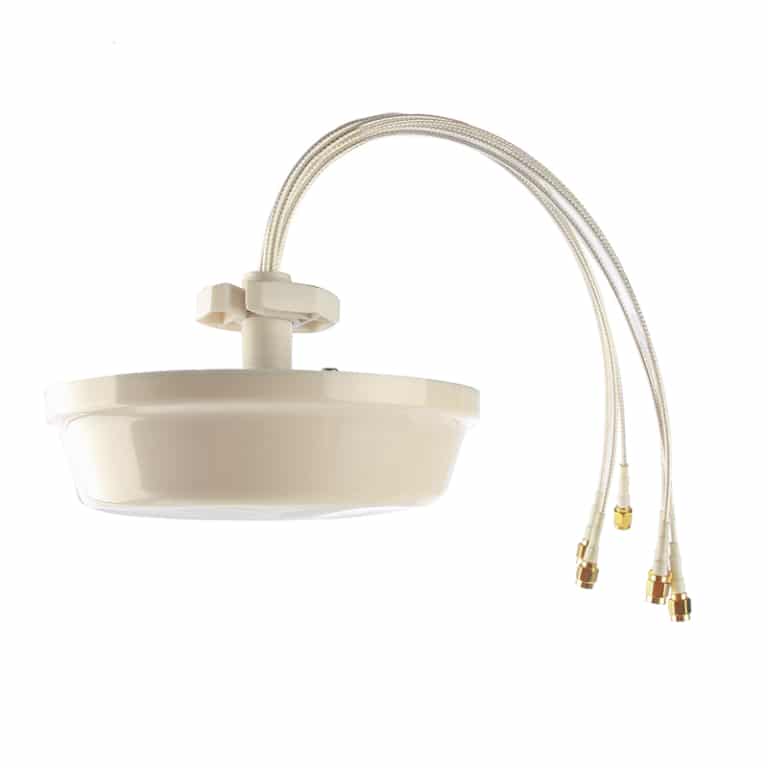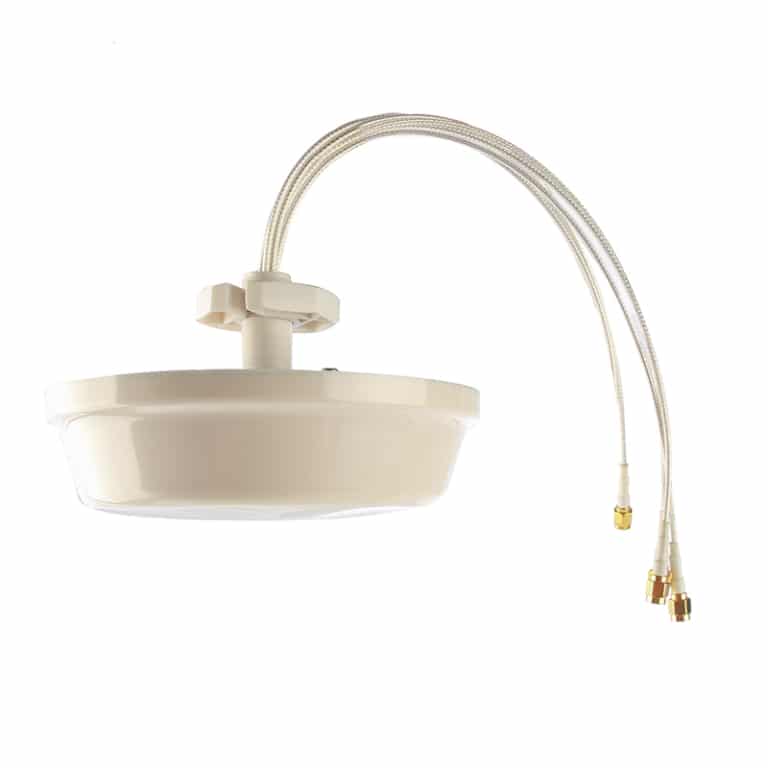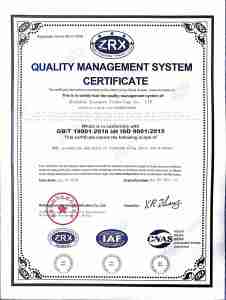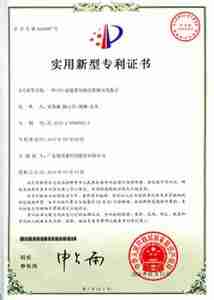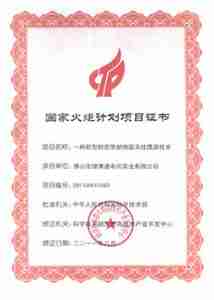What is WiFi Antenna?
WiFi Antenna is the core element of the wireless LAN area network, it sends the signal at a specific frequency and the receiving device or antenna receives that signal. The range of the WiFi devices depends on the strength of the WiFi antenna. WiFi antennas support all types of wireless signals that we use for web browsing, playing video games, watching movies and working from home.
Wireless devices use the radio signal in order to communicate with each other. Wireless signals use electromagnetic waves in order to transmit the signal. Electromagnetic waves contain a small packet that holds all the information about the signal. The receiving antenna receives that electromagnetic wave (packets that contain the information) and then converts it into an electrical signal for the device to process. And whenever the receiving antenna transmits the signal it converts the electrical signal into electromagnetic waves in order to transmit the information.
There are two different types of frequency band on which the most of wifi antennas are working. Some wifi antennas are working on the frequency of 2.4 GHz (2400-2500 MHz) and some working on 5GHz (5150-5850 MHz). It’s totally depend on the amount of data and the distance between the two routers. Some wifi Antennas uses both bands of frequency called dual band WiFi antennas. Here Hertz measure the frequency. The amount of data transmitted is totally depend on the frequency. The large amount of data is transmitted if the frequency is high. The low frequency transmit low data but covers the wider distance.
Types of WiFi Antenna:
There are different types of WiFi antennas available in the market, different WiFi Antennas have different features and advantages and disadvantages, and you need to choose the most suitable WiFi Antenna according to your needs and budget. Each type is used for a specific purpose and has different functionality. Different types of WiFi Antenna are given below:
1. Omnidirectional WiFi Antenna:
An omnidirectional WiFi antenna is a type of antenna that can receive and transmit wireless signals in all directions. It is commonly used for wireless local area networks (WLAN) in homes and offices, where one antenna can provide coverage for multiple devices. It is also used on top of buildings to communicate with other buildings on either side.
Fiberglass Outdoor Omnidirectional Antenna
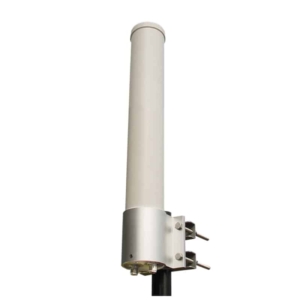
The fiberglass omnidirectional wifi antenna is a high performance, high gain antenna for outdoor signal coverage, it is ideal for outdoor point to multi-point wifi applications, the antenna radome is made of fiberglass, so it called fiberglass antenna, it is durable for outdoor harsh environment, it usually comes with a heavy duty mounting kit, its unique design allow you install the antenna easily. The antenna features collinear element design, inside antenna, we use pure copper elements to make sure the antenna high gain and high performance.
Rubber Duck Omni antennas
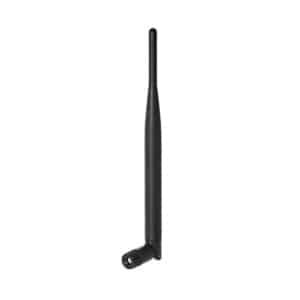
The rubber duck antenna also called stubby antenna, it is usually designed for indoor use, these rubber duck wifi antennas are small, low profile, so the gain will not too high, around 2-8dBi for 2.4/5GHz frequency band. These stubby antennas are popular found on the wireless routers, the antenna usually equips typical SMA type connector which is compatible with the wifi routers or gateways.
2. Directional WiFi Antenna:
A directional WiFi antenna is a type of antenna that focuses the WiFi signal in a specific direction, increasing the gain and reducing the interference from other wireless devices. Directional WiFi antennas are often used for long-range point-to-point or point-to-multipoint WiFi networks, where one or more directional antennas connect with another antenna over a long distance.
Panel WiFi Antenna
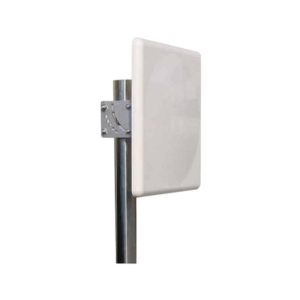
A Panel WiFi Antenna is a type of directional antenna that can be used to send or receive a wireless signal from a far distance. It has a flat shape and a narrow beamwidth, which means it focuses the signal in one direction and reduces interference from other sources.
Yagi WiFi Antenna
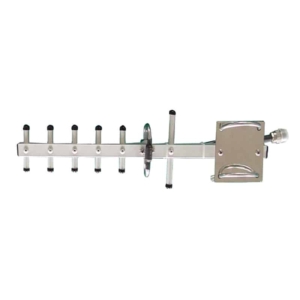
Yagi WiFi antenna is the most popular directional WiFi antenna. The shape of the yagi antenna is like an arrow. Like panel WiFi antenna, Yagi antenna featured a narrow beamwidth, exact alignment is required for a better experience. It’s an ideal antenna for outdoor long range point to point or point to multi-point connection. Yagi WiFi antenna built with aluminum and its unique wind resistance design make it can withstand the harsh weather in the outside.
Parabolic WiFi Antenna:
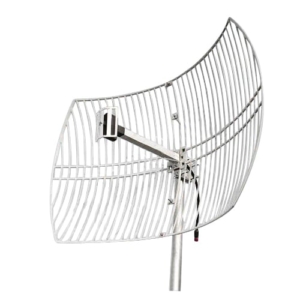
A parabolic WiFi antenna is a type of directional antenna that uses a parabolic reflector to focus the WiFi signal in one direction. It has a very high gain, which means it can amplify the signal strength and extend the range of the WiFi network. A parabolic WiFi antenna can also receive signals from far away sources, making it ideal for point-to-point WiFi networks.
Sector WiFi Antenna
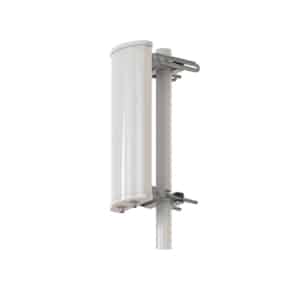
A sector WiFi antenna is a kind of directional antenna that has a larger beamwidth in the horizontal plane, usually between 60 and 120 degrees. It is often used for wide spreaded WiFi networks that need to cover a large area and allow more end users to access.
Conclusion:
Each antenna has advantages and disadvantages. The omnidirectional antenna delivers excellent all-around coverage and is more economical due to the all-around coverage it offers in a central place. For sending signals to a particular location, whether near or far, directional antennas work well. When developing and constructing a wireless network, it can be quite helpful to have a basic understanding of the various Wi-Fi antenna types.







